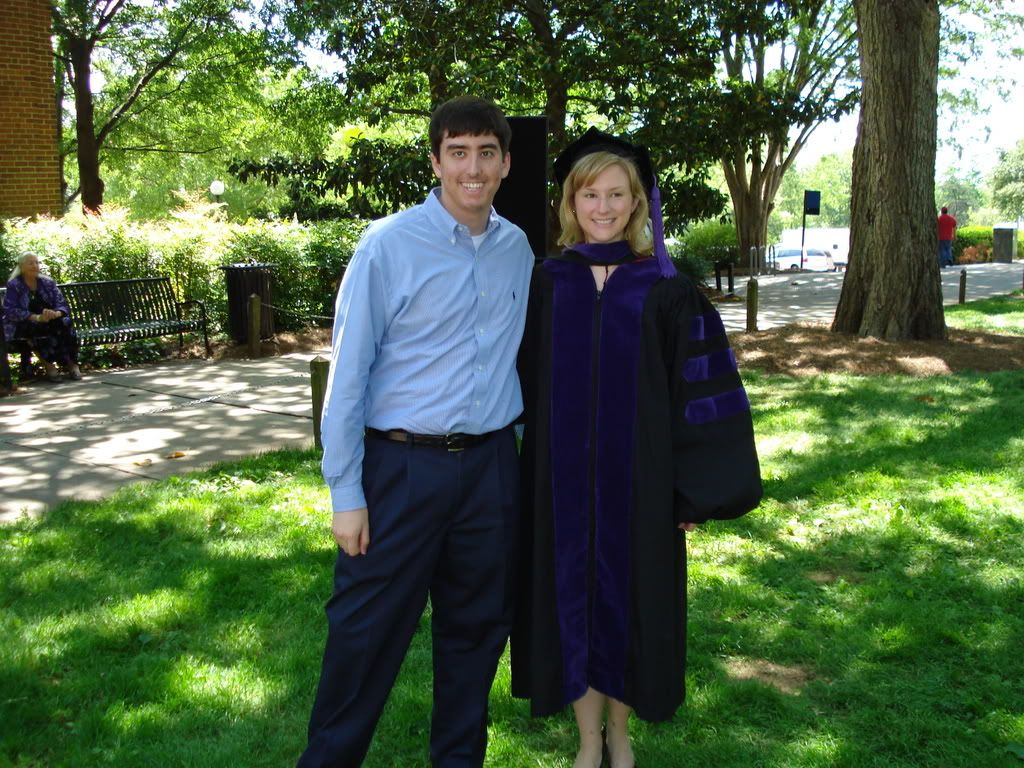Tuesday, June 19, 2007
William Butler Yeats
Although Years probably never intended for it to be so, "The Second Coming" is what I consider (along with Poe's "The Raven") to be the perfect horror poem. The imagery of this poem instills fear in the reader from start, with the devolving of human civilization into "mere chaos," and to the finish, with the monster with head of man and body of lion moving slowly and ceaselessly towards Bethlehem to be born. Two other works come to mind immediately while reading this magnificent poem of Yeats's. These are Chinua Achebe's "Things Fall Apart" and H.P. Lovecraft's "The Call of Cthulhu." The influences can be seen in Achebe's novel, obviously for the title of the work, and Lovecraft's short story for the similar depictions of chaos created by the coming of a monster. As for the actual details and elements of the poem, all I can say is that rarely have I seen such a poem with as many memorable lines as "The Second Coming." The famous opening lines of the poem "Turning and turning in the widening gyre, the falcon cannot hear the falconer; things fall apart; the centre cannot hold" are so memorable for the disturbing sense of impending collapse portrayed by those words (Yeats 1122). The situation the opening lines depict reminds me most of a drain and that all the worlds order and the connections used to hold humanity's societies together are torn apart and all are circling down a dark drain away into oblivion. Yeats describes the coming creature as "a shape with lion body and the head of a man, [with] a gaze blank and pitiless as the sun" (Yeats 1123). The sheer awesome picture of ruthless might this creature possesses is perhaps the most frightening aspect of this poem for me. The Second Coming is meant to be the coming of Jesus Christ, to redeem the world one last time and to bring finality to God's creation. The beast Yeats depicts is most likely the anti-christ, characterized as a sphinx most likely because of the the connotation the sphinx carries in Greek culture as a demon of pure destruction and ill fortune.
Subscribe to:
Post Comments (Atom)

3 comments:
Jay,
I loved that you wrote these lines:
The imagery of this poem instills fear in the reader from start, with the devolving of human civilization into "mere chaos," and to the finish, with the monster with head of man and body of lion moving slowly and ceaselessly towards Bethlehem to be born.
This devolving as you call it is an important theme throughout literature as well as physics. Entropy is an extant element of existence and it is happening to all of us at all times. The world, our bodies are steadily moving from organization to chaos. It is that way with all living systems and I can appreciate you deeming it a devolving. It might even be thought of as a hyper-volving. It is moving so fast that everything begins to break down. Again, good post!
-kyle
Jay,
Very interesting blog posting for Yeats. Good focus and attention to the text, and insightful and interesting connections to other texts (even good old Howard Phillip Lovecraft!). Nicely done.
Jay,
I really enjoyed reading your analysis of Yeats. Your thoughts and perspectives were great and I liked your discussion of the imagery that he used. Great job!
Post a Comment